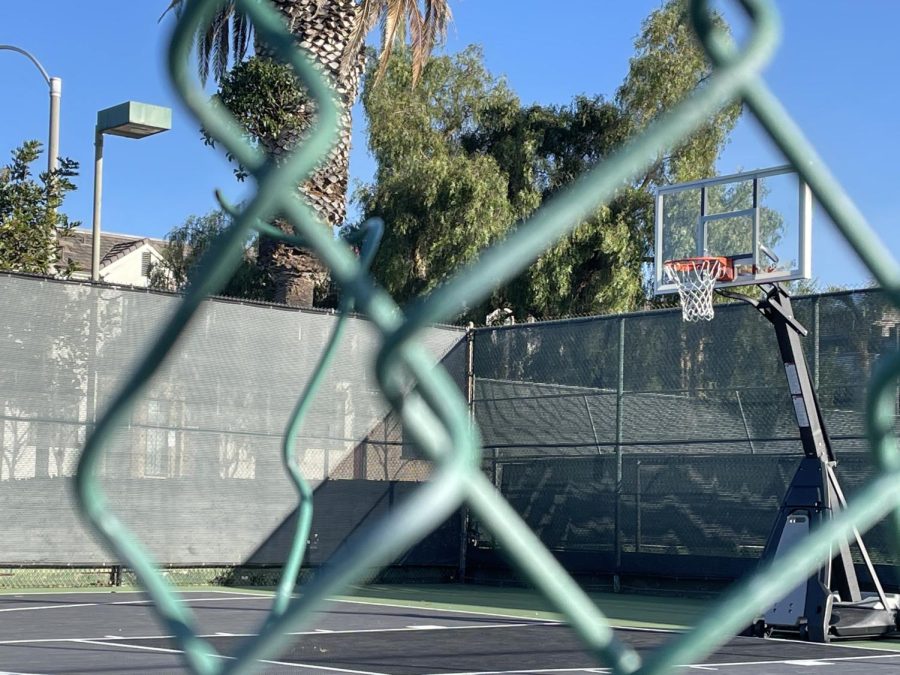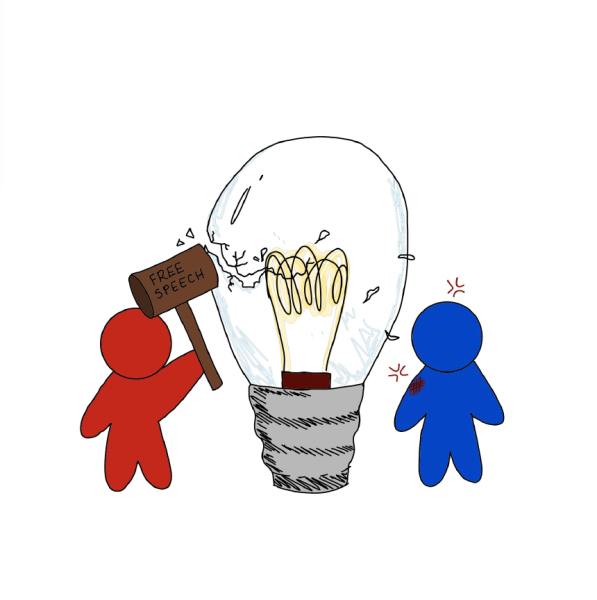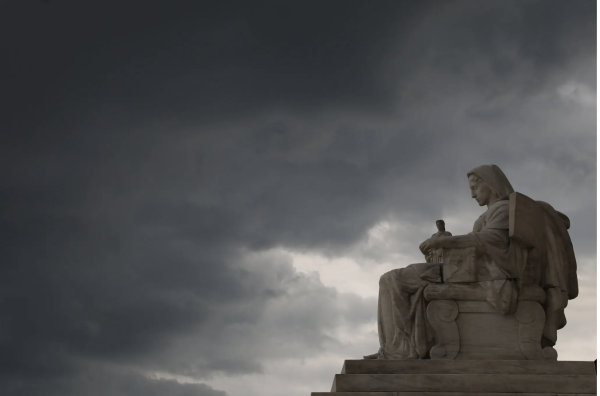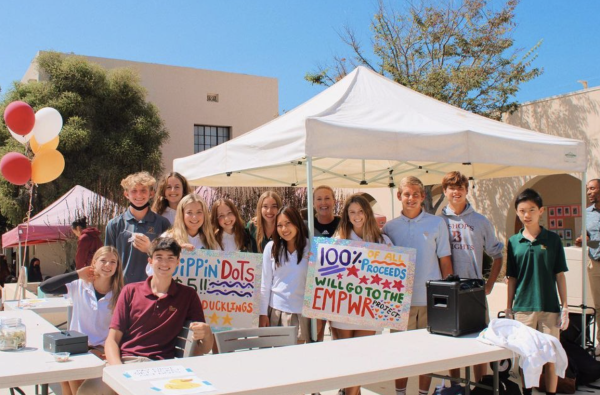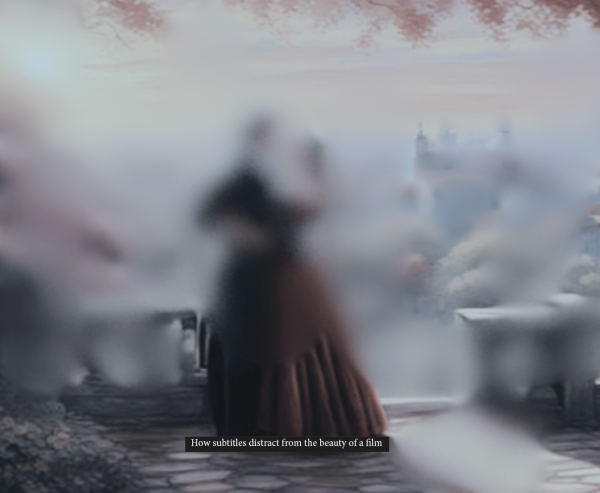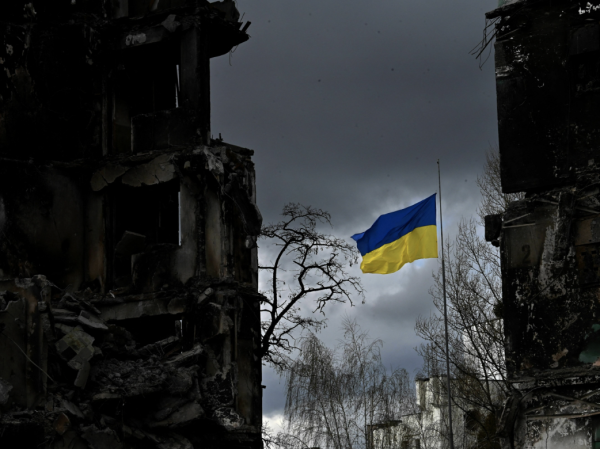Beyond the Textbook
We need to learn about the history of racism earlier
On the outdoor basketball court, a rope was found fashioned in a manner reminiscent of a noose.
Two ropes, found in the boys’ locker room and the outdoor tennis courts, tied like nooses. To us, as upperclassmen on The Tower, the symbolism of the action was clear: it represented hatred and racism, invoking the imagery of lynchings during the Jim Crow era. However, not everyone saw it that way. In fact, even one perpetrator who placed the ropes reportedly claimed to not understand the symbolism behind these actions. Unintentional ignorance like this is systemic—it stems from a lack of education.
Our school prides itself on diversity, inclusivity, and a curriculum intended to shape morally upstanding students, not just intelligent ones. The strides that Bishop’s has taken to create space for these necessary conversations about racism in the US, such as DEIJ enrichments and a comprehensive study of social justice in 11th grade US History, should not be overlooked. We believe we need curricular reform to educate our students better, earlier, on the realities of racism.
If the perpetrators foresaw no issue with placing such a symbol on campus, that indicates a problem not only in our culture but in our education. Even in the event of the perpetrator(s) having no malicious intent, the hateful, damaging, traumatic impact of their actions remains the same, and that should be the frame of mind with which we evaluate this incident. And even as the perpetrator(s) were new to the School this year, Bishop’s has a pattern—one that we cannot let continue. In an email to parents and guardians sent on February 1, Head of School Mr. Ron Kim wrote, “It would be a mistake to believe that such actions are isolated.” The onus for remedying this falls in part on individual students and families, but our school forms the most significant backdrop to the way we grow up to understand the world.
“Education is the only way to do preventive work,” Director of Counseling Mrs. Megan Broderick said, explaining that she believes education in History should begin as young as possible, in the home as well as at school. While we, and the administration, and faculty were outraged to see this on our campus, without a sufficient education on racist symbols, incidents like this will happen again. “If we realize we forgot to teach geometry, we shouldn’t just be like ‘never mind,’” Academic Dean Ms. Janice Murabayashi said. “We need to respond to that.”
There’s a very real possibility that the perpetrators of this incident were, as they claim, unaware of the racially-charged history of a noose-like rope. According to an anonymous source, the rope found in the boys’ locker room was fashioned in a large hoop hanging over a bench, not wound and tied in the likeness of the nooses in our American History textbooks. It was not a hangman’s knot.
The language used in the school-wide emails and the assembly, then, that the ropes were found hung in a manner “reminiscent of a noose,” feels true to the situation. According to multiple sources who wished to remain anonymous, the perpetrator(s) claimed they had never learned what lynching was or what a noose represents. In our eyes, and from our reporting, we understand that this indicates a clear lack of education on the racially-charged history and symbolism of the nooses, which could be combated with curricular adjustments.
As it stands, the History curriculum enrolls eighth graders in American History 8, a course that, according to the Curriculum Guide, “provides students a foundational understanding of early American history.” This includes “the progression of slavery and the experiences of enslaved people,” as well as factors leading up to the Civil War, according to Course Head Ms. Kristin Sargeant. American History 8 teacher Mr. Kamal Assaf spoke to the difficulties of covering so many centuries of material in a middle school class with a 30-minute homework restriction. “I’m not sure if we’re topically going to get to where kids understand about Reconstruction and start to talk about the rise of the KKK, the rise of segregation and Jim Crow. That’s the challenge,” he said. Perhaps this indicates that a shift in priority is necessary.
The next chance Bishop’s students get to learn in a class about the antebellum South, The Civil War, and the Reconstruction Era is in 11th grade US History, which is also offered to seniors. How can it be that Bishop’s students can go about their studies, deep into their adolescence, without learning about this?
Grappling with the horrifying realities of our country’s past for the first time in a classroom at age 16 or 17 is harmfully late, as the repeated hateful incidents at our school demonstrate. Honors US History teacher Mr. John Nagler said, “Our class covers lynchings and the iconography of lynchings, the iconography of Jim Crow, historic revisionism, and I know other [US History] classes go into depth there too. … There’s a good chance that people don’t have in-depth exposure to these topics until they go through US History as a junior or maybe a senior. And I don’t know where people would get a good sense of that stuff outside of school.”
And he’s right. During the town hall, Head Coach of Girls’ Water Polo Doug Peabody asked the room when they first start learning about lynching and the history of nooses. No one could provide an example where Bishop’s educated students on lynching before 11th grade.
However, that’s not to say the School has not made some steps in the right direction, as they have stepped away from nationwide curricula. “One advantage of our School’s decision to replace Advanced Placement courses with honors courses is that it gives our teachers more space and flexibility to dig deeper into the historical narratives of marginalized populations, which includes investigations of historical racism, with our students,” History and Social Sciences Chair Ms. Karri Woods said. “We are able to devote more time to engaging with primary and secondary sources that feature a variety of perspectives and voices.”
Additionally, on February 14, Ms. Murabayashi notified the Bishop’s community via email that students would take US history in tenth grade instead of eleventh. Students could take Honors European History or elective courses in eleventh. “Students will have a stronger understanding of major historical events and trends in world and US history before diving into elective topics,” she explained.
However, the two courses in which this material can be covered in depth are US Social History and Racism, Genocide, and the Holocaust, both of which are semester-long elective courses. They are electives, optional, not mandated parts of the curriculum, and further, they’re only available for sophomores, juniors, and seniors to enroll in. We have faculty here who are capable of teaching these courses and this material; this feels like a time to reevaluate our sequencing. “Part of the fun and challenge of teaching history is carving out space to help our students draw meaningful connections between historical and contemporary realities, tensions, and concerns,” Ms. Woods explained.
Minority children often learn about racism at a very young age, from first-hand experience or from parents who feel an obligation to prepare their children. “Some people don’t have the privilege of not being able to learn about racism at a young age, and there shouldn’t be that discrepancy,” Mrs. Broderick said. There’s a privilege in being able to pause and say that this subject matter is too overwhelming or dark to be taught in a classroom; that feels like an immense disservice to Bishop’s Black students. We have to do right by every member of the Bishop’s community. And isn’t it a disservice in and of itself to not educate all students—underclassmen and middle schoolers included—on this frightening and real chapter of our history?
However, it’s important to note that the curriculum cannot change overnight, or even in one year. “Moving the order of classes around or re-imagining which classes could be offered at a particular point in a department’s scope and sequence is a time-intensive process,” Ms. Woods said. “If a major scope and sequence shift might help a department better meet their goals, there is a willingness to explore and potentially implement those changes if they align with the school’s broader academic program and mission.”
“The urge to completely overhaul the curriculum is understandable, but there are so many layers that I would want to get more information and understand things better before making sweeping changes,” Ms. Murabayashi said. “Conversations have started as a result of the nooses. Teachers are looking at what they’re doing and identifying what will produce productive conversation.”
She continued, “I absolutely believe that education is a great preventer. It’s hard to predict any 100 percent result, but it can make a big impact on people’s lives. Yes.”
“As teachers and as a department we are continually reevaluating our curriculum,” Honors US History teacher Dr. Jeff Geoghegan wrote to The Tower. “A big part of that reevaluation is a commitment to racial and social justice and to helping our community better understand the history of racism and its continuing impact and legacy. This is an ongoing process, of course, and recent events, both nationally and in our own community, remind us that this work is never done.”
Our community was shaken by the discovery of those two ropes over that January weekend. But the response to these incidents is what defines how we move forward. As exemplified by the assembly and Town Hall, the School demonstrated a transparency and engagement we sometimes haven’t seen in years past. To the faculty and administration, we do want to say thank you. We see that you are trying. We are as well. As the Chair of the Religion and Ethics Department, Dr. Regina Ballard said, “That response is so important because a lot of other places do sweep things under the rug. While we have a ton of room to grow, we’re also not the perfect students and the perfect faculty.” But if we’re doing our best, we need to do more.
From the conversations we’ve witnessed within our community since the assembly on January 25, the questions raised and experiences shared in the Town Hall, and the responses published in The Daily Urinal, we see the appetite for change in our community. This article is the first step in our coverage. We hope it can find a place among the strides our School has taken so that we don’t find ourselves writing this article again.

Sariah Hossain is a senior and The Tower's Co-Editor-in-Chief. This is her fourth year on the publication and, as her friends can all attest, writing...

Clare Malhotra was born in Boston, Massachusetts and moved to La Jolla at age nine. She is currently a senior, and this is her third year on The Tower....
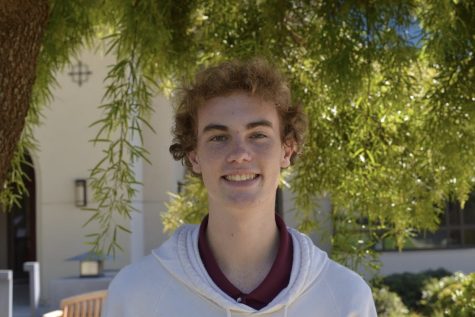
Kyle Berlage joined The Tower as a freshman in 2018. Was he a terror then? Yes, but so were others on staff. After all, if all your friends jump off a...
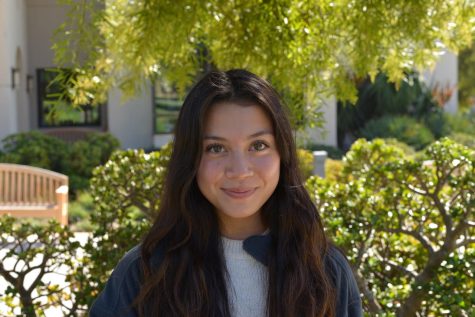
Tate Vaccaro joined The Tower staff in 2019 as a sophomore in hopes of bettering her writing skills and learning more about the Bishop’s Community. She...
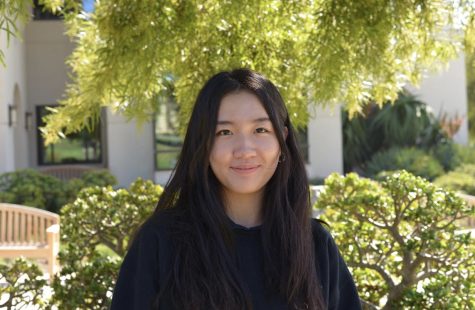
Crystal Li joined The Tower in her freshman year when she moved from Shanghai to San Diego in 2019. Now a senior, she fondly looks back on the four-year...


